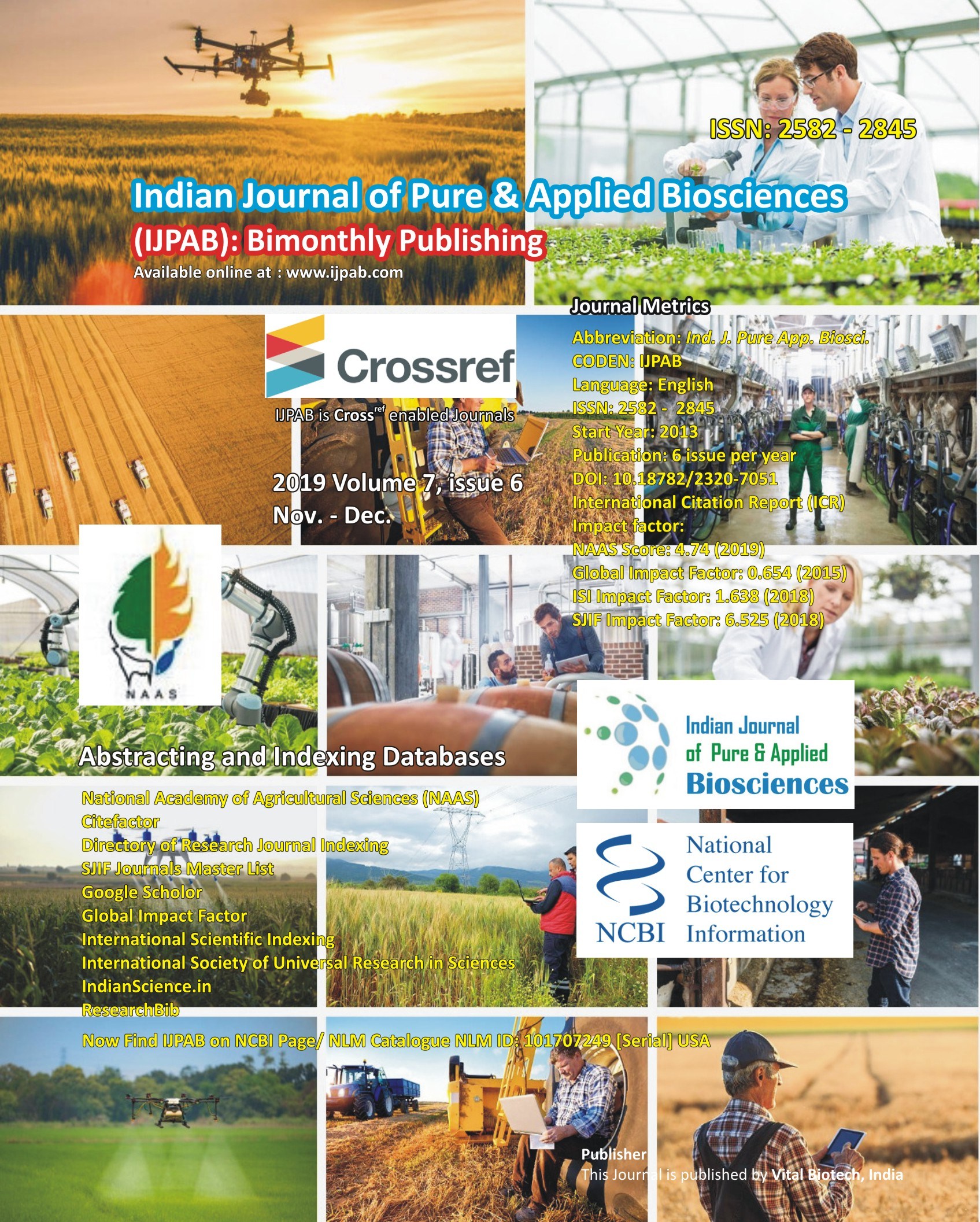
-
No. 772, Basant Vihar, Kota
Rajasthan-324009 India
-
Call Us On
+91 9784677044
-
Mail Us @
editor@ijpab.com
Indian Journal of Pure & Applied Biosciences (IJPAB)
Year : 2019, Volume : 7, Issue : 6
First page : (416) Last page : (424)
Article doi: : http://dx.doi.org/10.18782/2582-2845.7929
Use of Broken Toughened Glass as a Replacement of Coarse Aggregates in Concrete
Komalpreet Singh1* and Sarvesh Kumar2
1M.Tech Scholar, 2Assistant Professor, Punjab Agricultural University, Ludhiana
*Corresponding Author E-mail: kpscheema11@gmail.com
Received: 4.11.2019 | Revised: 16.12.2019 | Accepted: 22.12.2019
ABSTRACT
This paper investigates the use of broken toughened glass as a coarse aggregate with marble sand to produce translucent concrete as a cheap building material having adequate strength. The product prepared from cheap waste material viz. marble sand and broken glass can be used as a structural member as well as used for architectural purpose. Concrete containing 100% replacement of coarse aggregates with glass pieces may pass some light as white marble sand and transparent toughened glass is used. This type of concrete leads new era in constructional material which is eco-friendly as well as environment friendly. The paper reports the use of glass pieces as replacement of coarse aggregates as 20%, 30%, 50% and 100% replacement and marble sand as fine aggregates as a whole. The gain in compressive strength was noted only at 20% replacement of coarse aggregates. Above 20% replacement, the strength reduces. The strength was drastically reduces at 100% replacement of coarse aggregates. The reduction in compressive strength was noted as 86.80% at 28 days of submerged water curing.
Keywords: Waste material, Toughened glass, Glass aggregate, Marble sand.
Full Text : PDF; Journal doi : http://dx.doi.org/10.18782
Cite this article: Singh, K. & Kumar, S. (2019). Use of Broken Toughened Glass as a Replacement of Coarse Aggregates in Concrete, Ind. J. Pure App. Biosci. 7(6), 416-424. doi: http://dx.doi.org/10.18782/2582-2845.7929

